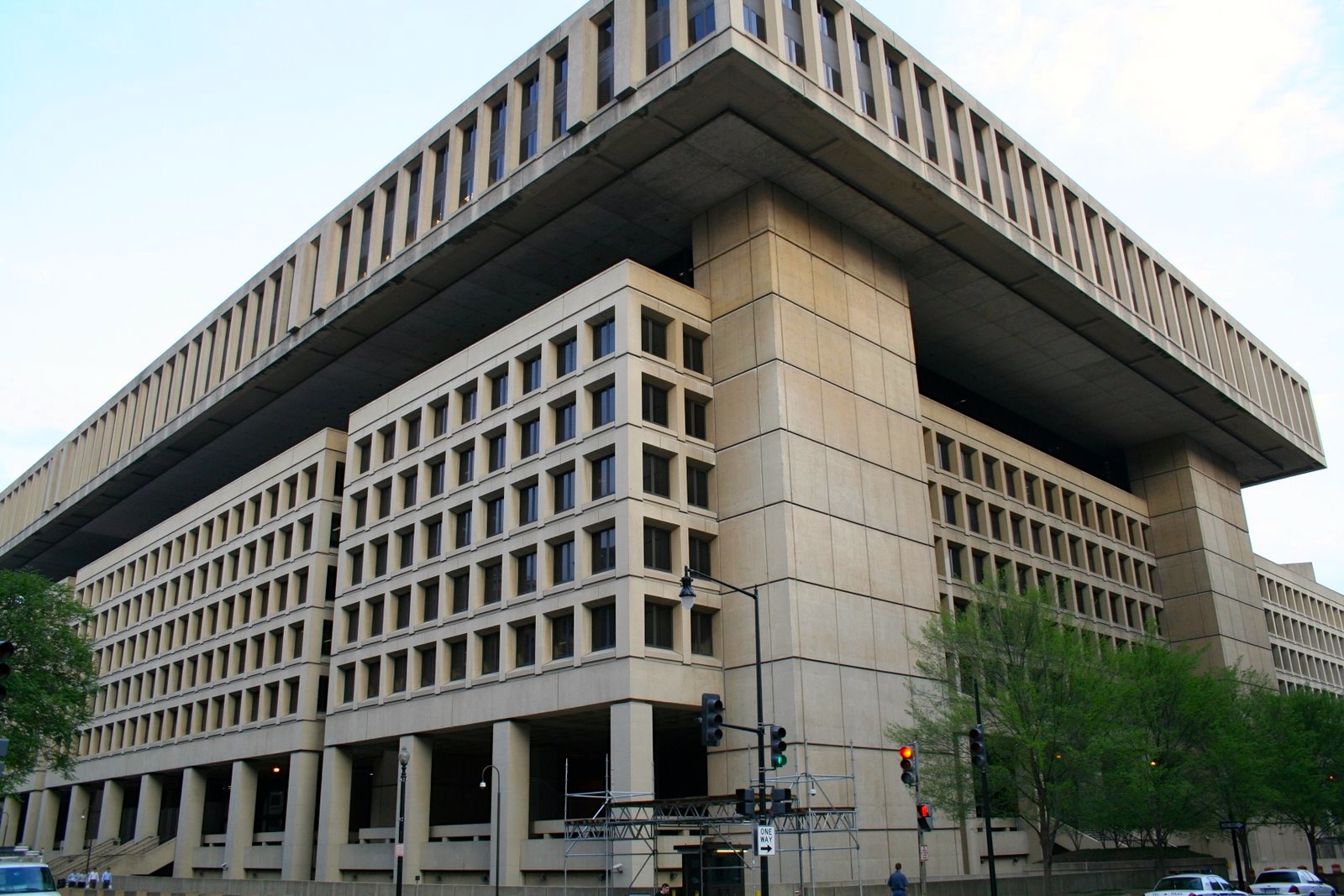Search for topics or resources
Enter your search below and hit enter or click the search icon.

What are theologians for? What are they supposed to do? If the theologians of the world went on a retreat together and made a list of objectives for 2011, what would be on it?
I’m not sure how to answer these questions. But in Thomas Torrance’s book Atonement: The Person and Work of Christ, he spends time on something I probably wouldn’t have put on the must-dos of a theologian. This task maybe wasn’t something Torrance explicitly considered part of his work, but the result is all the same for the careful reader.
Torrance starts by doing what everyone knows theologians do: talk about words in the original language:
We note first the Old Testament custom of speaking of the raising up of a prophet, or king or judge or priest, where the ideas of provision and appointment are blended together. The New Testament uses both egero and anistemi in this connection. Thus when the New Testament speaks of Jesus being raised up, it evidently refers not only to the resurrection of his body from the grave but to his being raised up as the appointed messiah, the anointed prophet, priest, and king. The resurrection implies the installation or enthronement of Jesus in his offices as Christos, the anointed one.
Torrance does not stop here or immediately move to other word studies. He explains the significance of these words as they connect to the narratives of the Old Testament:
Jesus is raised up as a root out of dry ground, the shoot of the vine, after it had been cut down to the ground. It is a miraculous act, in line with the raising up of seed out of the barren womb, as in the cases of Sarah, Hannah, Elizabeth, etc. This idea also plays its part in the accounts of the virgin birth of Jesus, but here we see already how the birth and resurrection of Jesus are linked, for together they constitute, in the understanding of the New Testament, the raising up of the new seed in whom all nations will be blessed, the first-born of the new creation.
What I like so much about this is Torrance’s connection of the Virgin Mary with Sarah, Hannah, and Elizabeth. By making this connection, Torrance directs the reader’s attention toward the ascending drama of redemptive history. He helps us see the richness of God’s story, the beauty of Christ as the crescendo of every Old Testament story of a miraculous birth to a barren woman. (I can only briefly note the brilliance of God’s crescendo: Christ’s birth echoes those of Isaac, Samuel, and John, but punctuates the image by expanding it with Mary’s virginity.)
Without a theologian, we would undoubtedly miss the relationship between the word denoting resurrection from the tomb and the word denoting anointing. Torrance also shows, however, the artistic unity of the Bible; he serves as a tour guide of the beauty of scripture. I believe this work of the theologian serves two functions.
First, Torrance deepens any reader’s apprehension of the glory of God by showing the extended drama of God’s activity through history. This service blesses every Christian soul. Second, Torrance highlights for the Christian artist an image worth exploring. His explanation of the significance of the words in the original language opens artistic avenues that would go undiscovered by non-theologians. This service blesses Christian artists, who then bless every Christian soul.
I wonder: do enough theologians produce material that artists would find helpful? Do enough artists consider theologians indispensible sleuths for finding hidden metaphors? I’m not sure, but to me this is an exciting possibility for the often under-developed concept of Christ’s body working in harmony. Suppose bearing one another’s burdens was not limited to emotional or physical challenges, but professional and intellectual ones as well.
Topics: